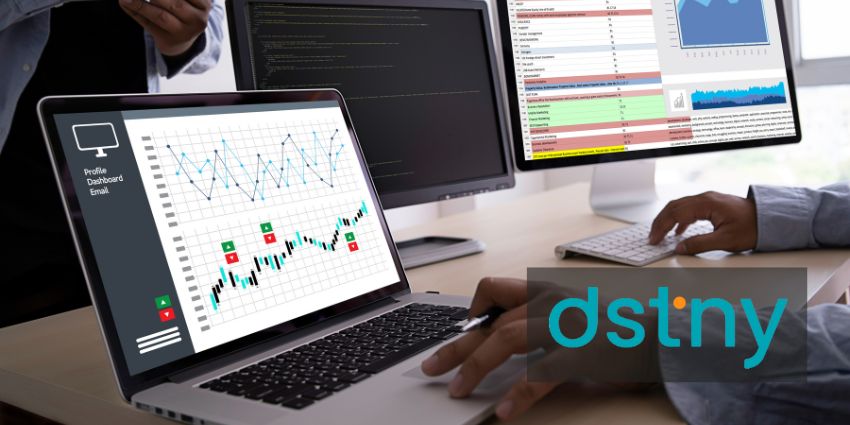Information, as the saying goes, is king; knowledge is power.
It’s hard to argue otherwise although, in today’s always-on world, there may be an important caveat.
That’s because there is another popular saying: timing is everything – which means the point at which information is shared can significantly affect its value.
Confused? Think of it this way: an enterprise learning something about the way it functioned last week is useful but, to coin yet another saying, the horse has since bolted.
The same enterprise learning something today upon which it can act today is surely in an infinitely better place.
Data analysis has, for some time, provided enterprises with 20/20 hindsight.
Thanks to clever Communication Platform-as-a-Service (CPaaS) functionality, call volumes, duration, and even caller sentiment has retrospectively informed workflow redesign, resource allocation and strategic road-mapping.
However, via the smartest platforms, that same analysis (and much, much more besides) can now be conducted in real-time.
For enterprises and their Managed Service Providers alike, it is an opportunity to turn the data of today into the high-value efficiencies of tomorrow.
“Communication data is not static; it’s good to know how it looked last year or last month or even yesterday – but today is always a new day,” says Johan Wendelstam, Managing Director of Analytics at leading European UCaaS provider Dstny, whose powerful platform shares the here-and-now in multiple forms.
“How enterprise customers and employees are communicating in real-time every day can help them quickly change the way they work and, ultimately, improve the experience for everyone.”
Not that everyone needs to know everything, of course.
Often, the power of data is in its targeted distribution.
“It would be great if we had just one single value that describes the efficiency of everything, but of course that is not the reality,” says Wendelstam.
“So, enterprises must think carefully about what information should be made available to who. Not just as in technically accessible, but available from a point of view of understandability.
“For example, a manager may want to have a general view of things from the top down, but that manager’s manager may want a more granular understanding. Similarly, an individual agent may benefit just from seeing in real-time how many calls are queued and what they should do in that moment to support the rest of their team.
“If the reporting is of the type only somebody very senior in the organisation understands, then a lot of opportunity is being left on the table. That’s because it’s often people actually doing the work that can make a positive difference to how it is done.
“Users shouldn’t have to understand the technical aspects of the stack to be able to benefit from the value of the information that exists within it. The Dstny solution provides complete flexibility in that regard.”
It’s also about presentation too.
Wallboards, dashboards and bespoke reports all have a valuable role to play – accessible via any connected device, at any time.
“Wherever information is displayed should be aesthetically pleasing,” says Wendelstam.
“That doesn’t sound very important, but it definitely is. It’s about context of choice. While some will want it on big screens on the wall, others may want to casually look at it as they commute into the office, to see how things are looking today.
“Our solution is super-brandable and allows users to put their own touch on its appearance, whether on a big screen in the office, or on a mobile or tablet.”
Automation, too, can add further value.
Live and automatic analysis of important elements of an organisation’s communication processes has the power to continually surface performance issues that can be quickly resolved.
The Dstny solution has that covered too.
“Organisations shouldn’t have to explicitly do something to a process in order to derive value,” says Wendelstam.
“Far better for a positive action to be triggered automatically as opposed to going unnoticed and therefore unchanged.”
To coin a final saying, data has, for a long time, been king.
It seems the real-time variety could well be the crowning glory.







